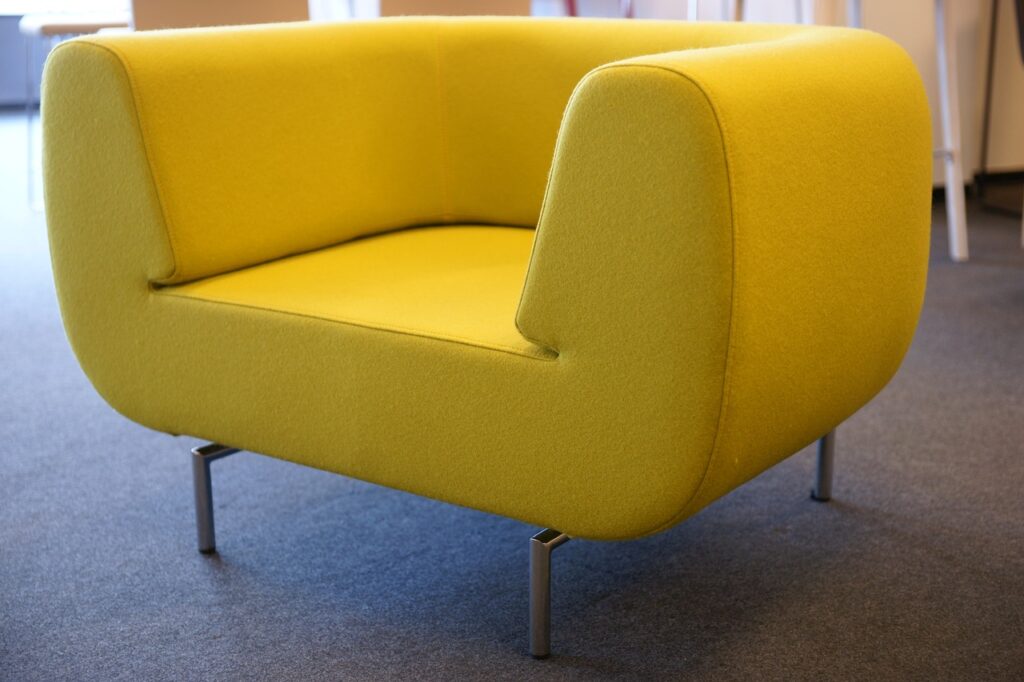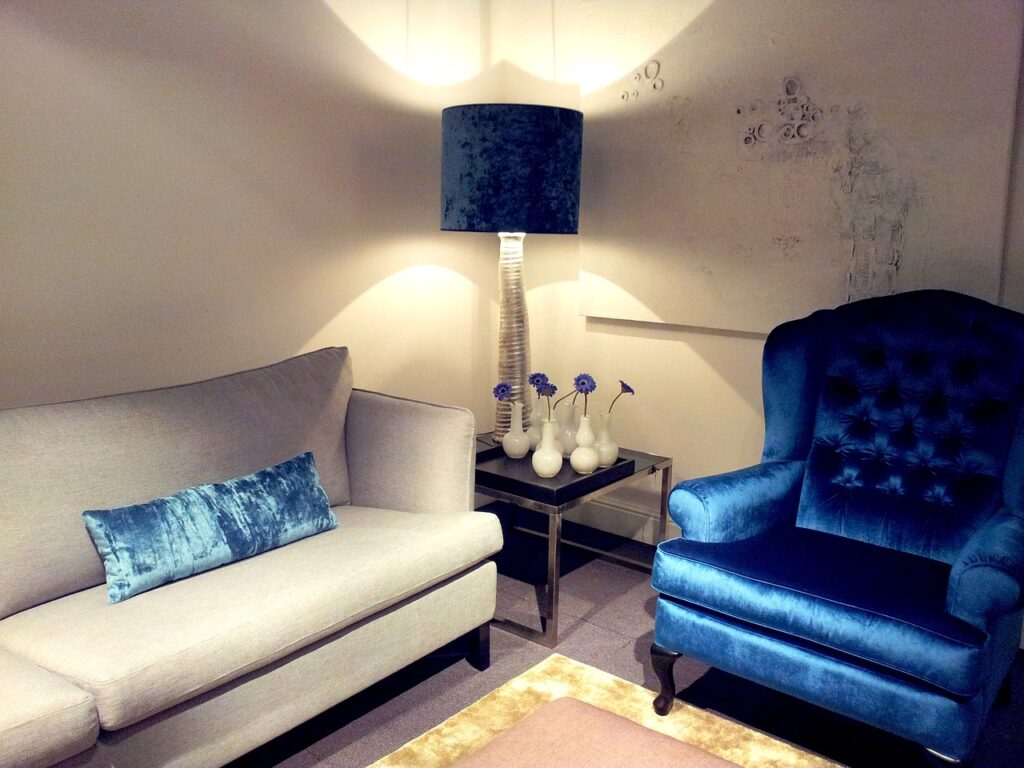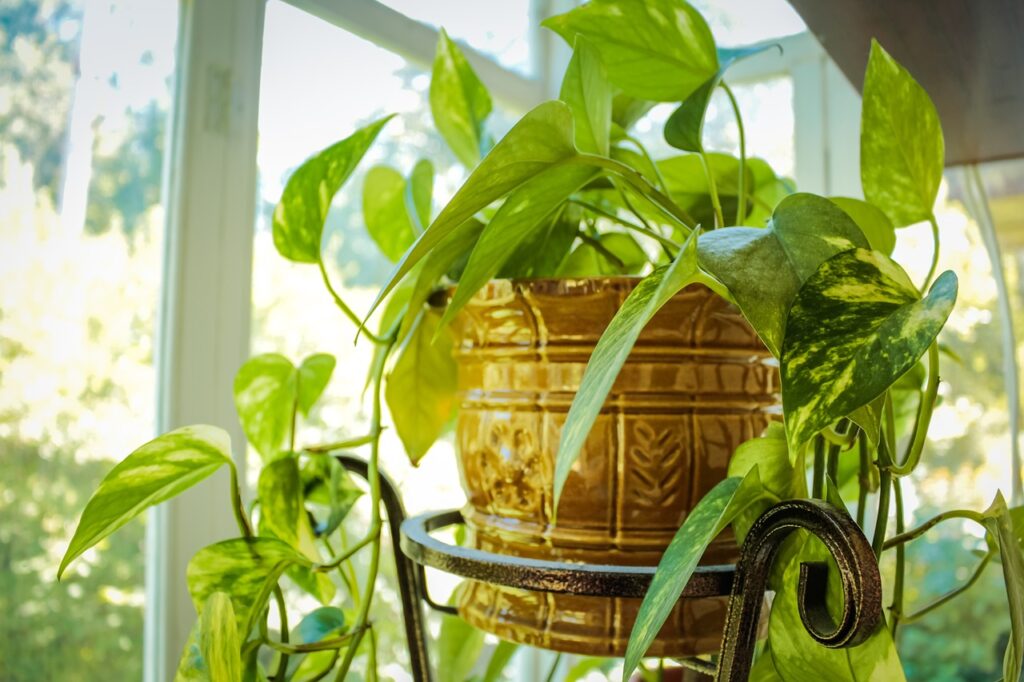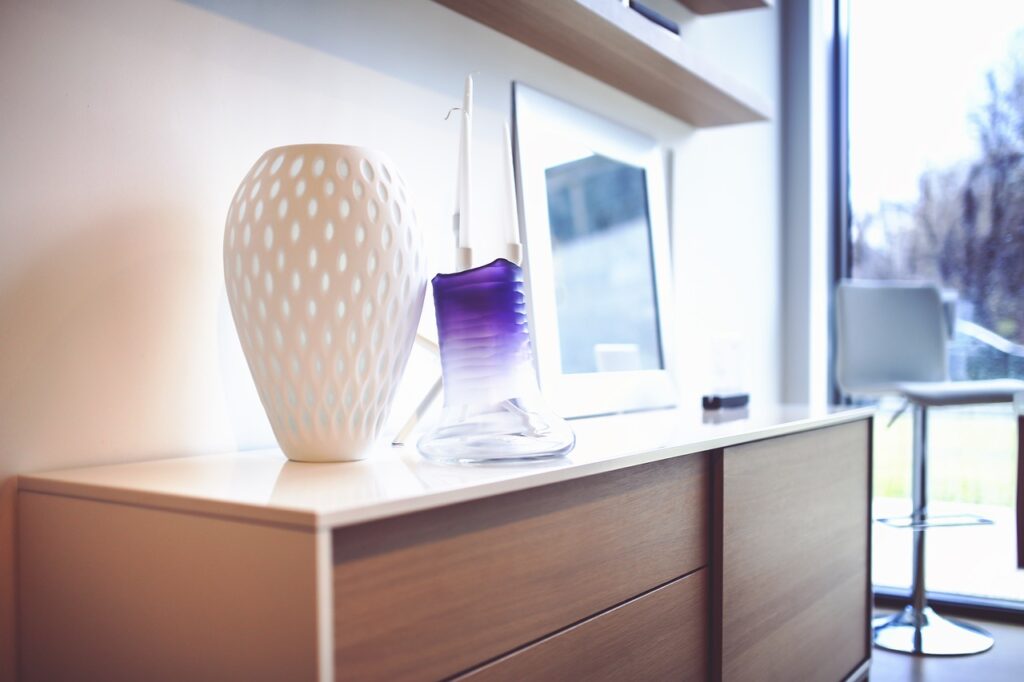In the ancient Chinese practice of Feng Shui, the arrangement and selection of colors play a pivotal role in enhancing the flow of energy (Qi), within a space. By understanding the symbolic significance and energetic properties of different colors, practitioners aim to create harmonious environments that promote well-being, balance, and prosperity. Let’s delve into the fascinating world of colors used in Feng Shui and their associated meanings.
Red
Symbolizing power, passion, and vitality, red is one of the most auspicious colors in Feng Shui. It is believed to invigorate the atmosphere and stimulate conversation, making it an excellent choice for social spaces like the living room or dining area. However, it should be used judiciously as excessive red can create agitation and restlessness.

Yellow
Radiating warmth, happiness, and optimism, yellow is associated with sunlight and positive energy. It is often used to uplift spirits and foster creativity, making it an ideal choice for kitchens, study areas, or any space where inspiration is sought. Yellow accents can also bring a sense of cheerfulness to darker rooms.

Blue
Representing serenity, tranquility, and trust, blue is a calming color that promotes relaxation and mental clarity. It is commonly used in bedrooms and meditation areas to encourage restful sleep and peaceful contemplation. Shades of blue can also be incorporated into workspaces to enhance focus and productivity.

Green
Evoking growth, renewal, and harmony, green symbolizes nature and balance. It is believed to have a healing effect on both the body and mind, making it suitable for spaces dedicated to wellness, such as bathrooms or indoor gardens. Green accents can also promote financial abundance and prosperity when placed strategically in wealth areas.

Purple
Associated with wealth, wisdom, and spirituality, purple embodies luxury and mystique. It is often used to stimulate imagination and intuition, making it a popular choice for meditation rooms or creative spaces. Deep shades of purple can also signify power and nobility, adding an air of sophistication to formal areas.

White
Reflecting purity, clarity, and new beginnings, white is revered for its cleansing and refreshing properties. It symbolizes openness and simplicity, making it an excellent choice for clutter-free environments that promote mental clarity and organization. White can also amplify the effects of other colors when used as a backdrop.

Black
Connoting strength, protection, and mystery, black is a grounding color that absorbs negative energy. While too much black can create a heavy atmosphere, strategically incorporating it into design elements can add depth and sophistication. Black accents can also foster introspection and contemplation in meditation spaces.
When applying Feng Shui principles to your living or work environment, consider the specific energies you wish to cultivate and the activities conducted in each space. By thoughtfully selecting and harmonizing colors according to their symbolic meanings and energetic properties, you can create spaces that support your goals, enhance your well-being, and invite positive transformations into your life.

